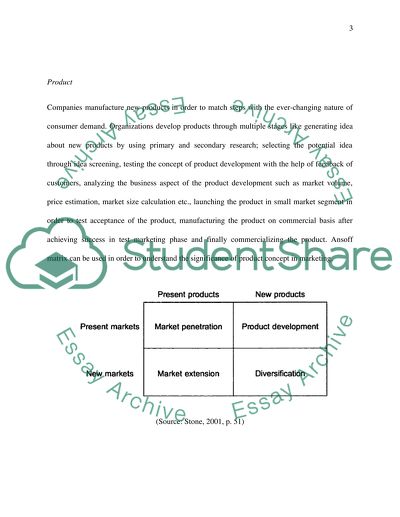Cite this document
(“Starbucks Essay Example | Topics and Well Written Essays - 2000 words”, n.d.)
Starbucks Essay Example | Topics and Well Written Essays - 2000 words. Retrieved from https://studentshare.org/marketing/1467204-starbucks
Starbucks Essay Example | Topics and Well Written Essays - 2000 words. Retrieved from https://studentshare.org/marketing/1467204-starbucks
(Starbucks Essay Example | Topics and Well Written Essays - 2000 Words)
Starbucks Essay Example | Topics and Well Written Essays - 2000 Words. https://studentshare.org/marketing/1467204-starbucks.
Starbucks Essay Example | Topics and Well Written Essays - 2000 Words. https://studentshare.org/marketing/1467204-starbucks.
“Starbucks Essay Example | Topics and Well Written Essays - 2000 Words”, n.d. https://studentshare.org/marketing/1467204-starbucks.


